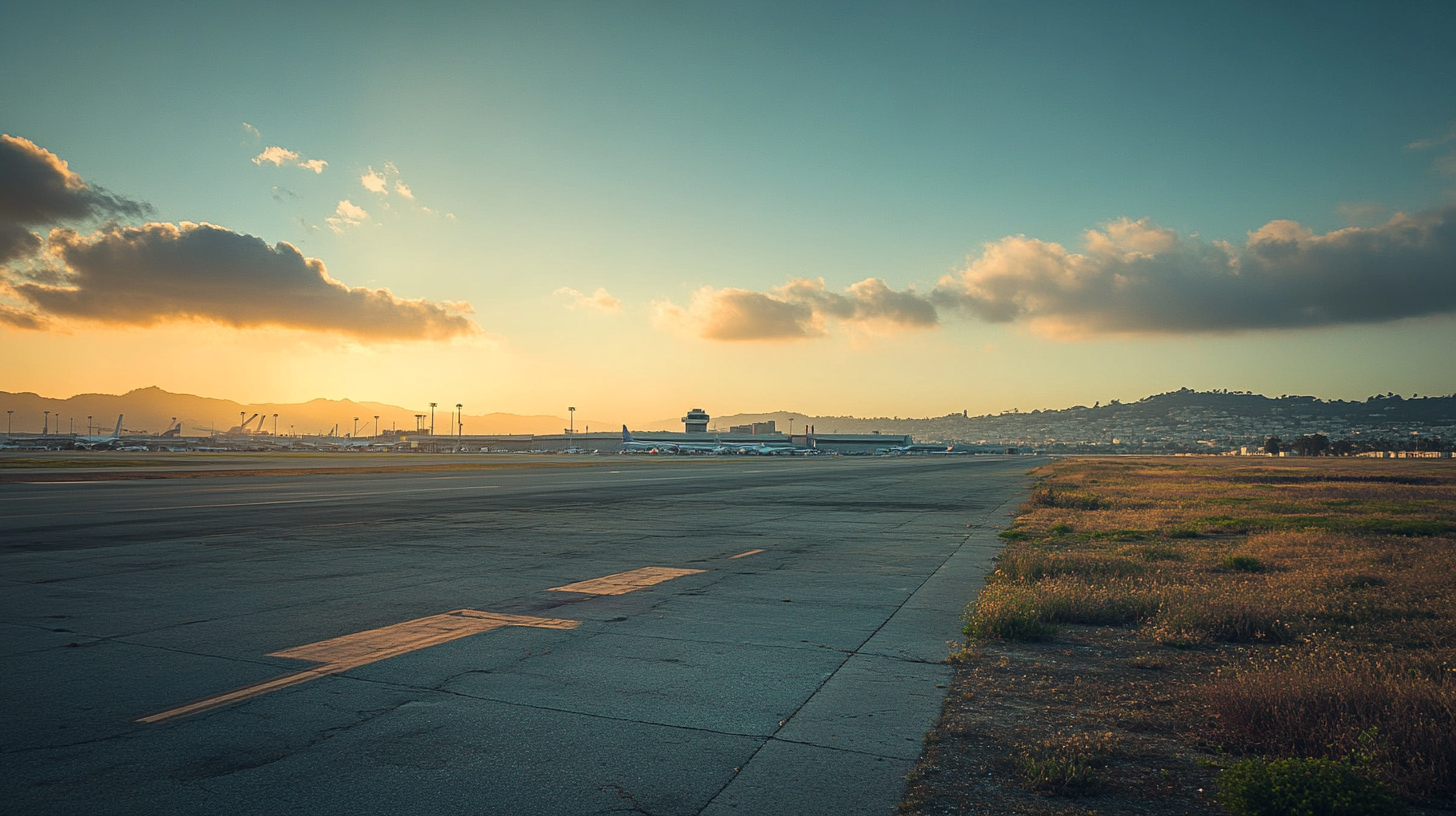Oakland Airport’s Bay-Sized Identity Crisis
Why the Name Change Happened
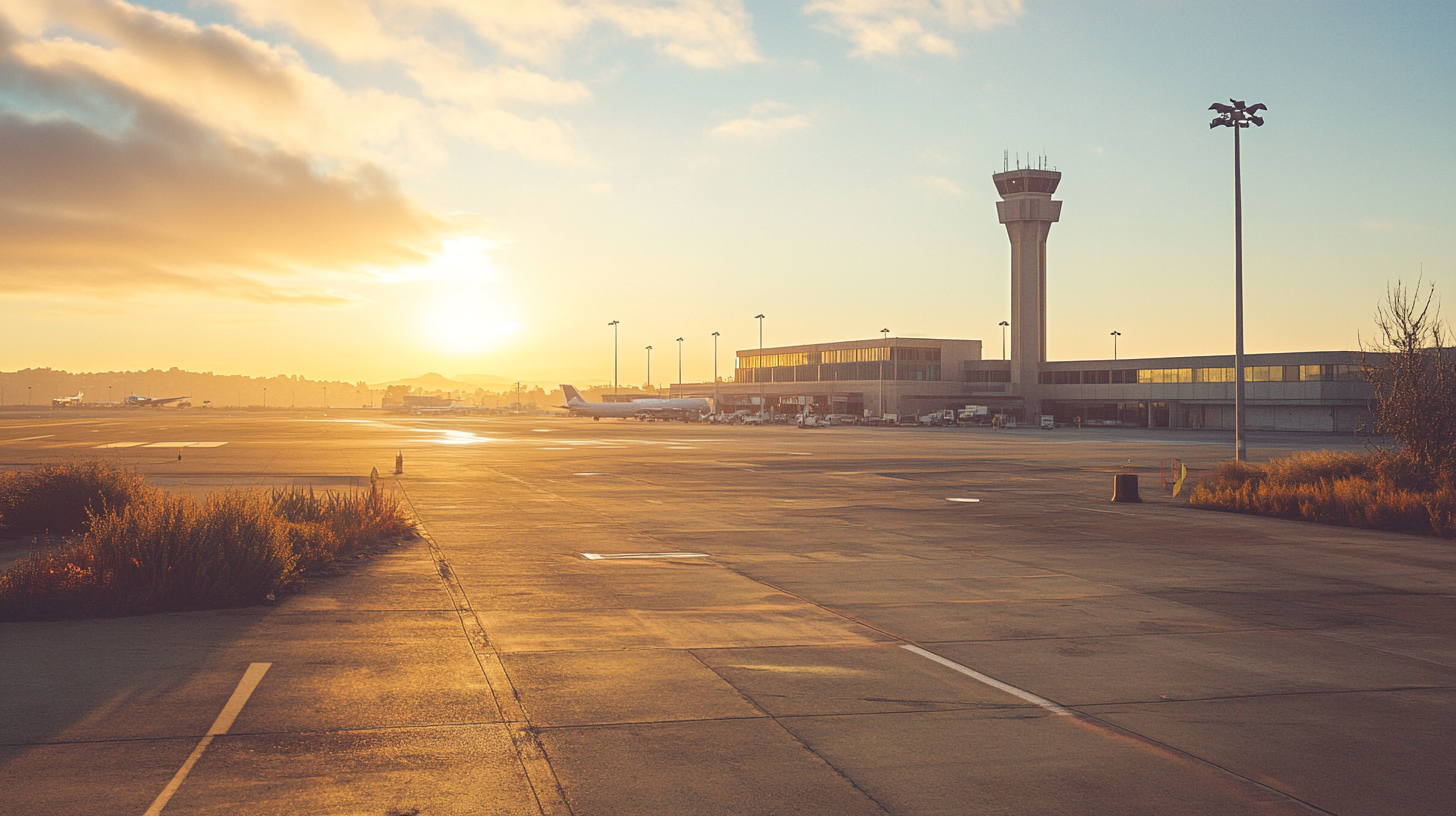
I remember the buzz it caused last year when the Port Commission in Oakland first proposed shifting the airport’s name to “San Francisco Bay Oakland International Airport.” I came across the official documentation, which clearly spelled out a vision to capture the attention of global carriers, especially those eyeing the West Coast. The move was designed to highlight Oakland’s strategic location on the east side of the Bay and to reflect a stronger regional identity, especially for travelers who might not be as familiar with Oakland itself. According to a 2024 report by the Federal Aviation Administration (FAA), the Bay Area’s three major airports collectively served over 70 million passengers within a year, so competition for new routes is definitely fierce around here.
From my vantage point, the name change made sense from a marketing perspective: it immediately placed Oakland in the orbit of one of the world’s most recognized cities—San Francisco. At the same time, it did raise eyebrows among local residents who take pride in Oakland’s distinct personality. In my travels, I’ve noticed that frequent flyers often don’t realize how convenient Oakland can be for reaching key East Bay hotspots or the wine country in just a short drive. Tacking on “San Francisco Bay” to OAK’s name was an attempt to bridge that awareness gap. Still, naming an airport can be a delicate dance, especially when it involves iconic city brands. That’s why the Port Commission allocated around $150,000 to get it right. In the end, the unveiling turned out to be just the beginning of this ongoing saga.
I’ve watched other airports around the country adopt or consider name changes to draw in bigger crowds—like when Louisville International rebranded to pay homage to Muhammad Ali, or when regional hubs add geographical pointers to differentiate themselves. It’s not uncommon for an airport’s identity to evolve over time. But as I soon learned, this particular rebrand had a twist I’ve rarely seen before: an immediate legal confrontation that overshadowed what should’ve been a celebratory moment for OAK.
Top Three Things to Know

If you’re short on time, here’s your bird’s-eye view of the key points behind this name-change debate. There’s a lot of back-and-forth among city officials, community groups, and travelers themselves, so it helps to pare it all down to the essentials.
1. The rebrand was meant to emphasize Oakland’s proximity to the Bay Area’s top attractions and business hubs, theoretically increasing passenger traffic for both inbound tourism and business travel. According to industry data cited by Routes Online, airports with recognizable city connections in their names often see a surge in flight route interest. So, the idea was that adding “San Francisco Bay” could put Oakland on the map for travelers from Europe, Asia, and beyond, who might otherwise think they need to go straight to SFO to explore Silicon Valley or the Bay’s cultural attractions.
2. Despite initial fanfare, I’ve heard from several community groups—including local neighborhood associations and the Oakland NAACP—that they worry this co-branding could eclipse or water down Oakland’s distinct identity. People here are proud of the city’s rich cultural tapestry, from world-class street art to iconic sports history, and they’re not too thrilled at the prospect of being overshadowed by San Francisco’s global reputation. In my own experience flying in and out of OAK, I’ve always appreciated the homegrown vibe the airport offers, and some locals argue that layering on “San Francisco Bay” might mask that unique charm.
3. Environmental concerns also loom large. Some critics believe heavier air traffic could worsen local air pollution, especially if increased flights lead to more ground transportation congestion. A recent study by the California Air Resources Board indicates that airport-related emissions can account for a significant percentage of regional smog, particularly in neighborhoods located near flight paths. It’s not just about planes taking off; ground vehicle traffic contributes too. For many critics, the question is whether inviting more flights and passengers is worth compromising Oakland’s air quality.
Trademark Turbulence
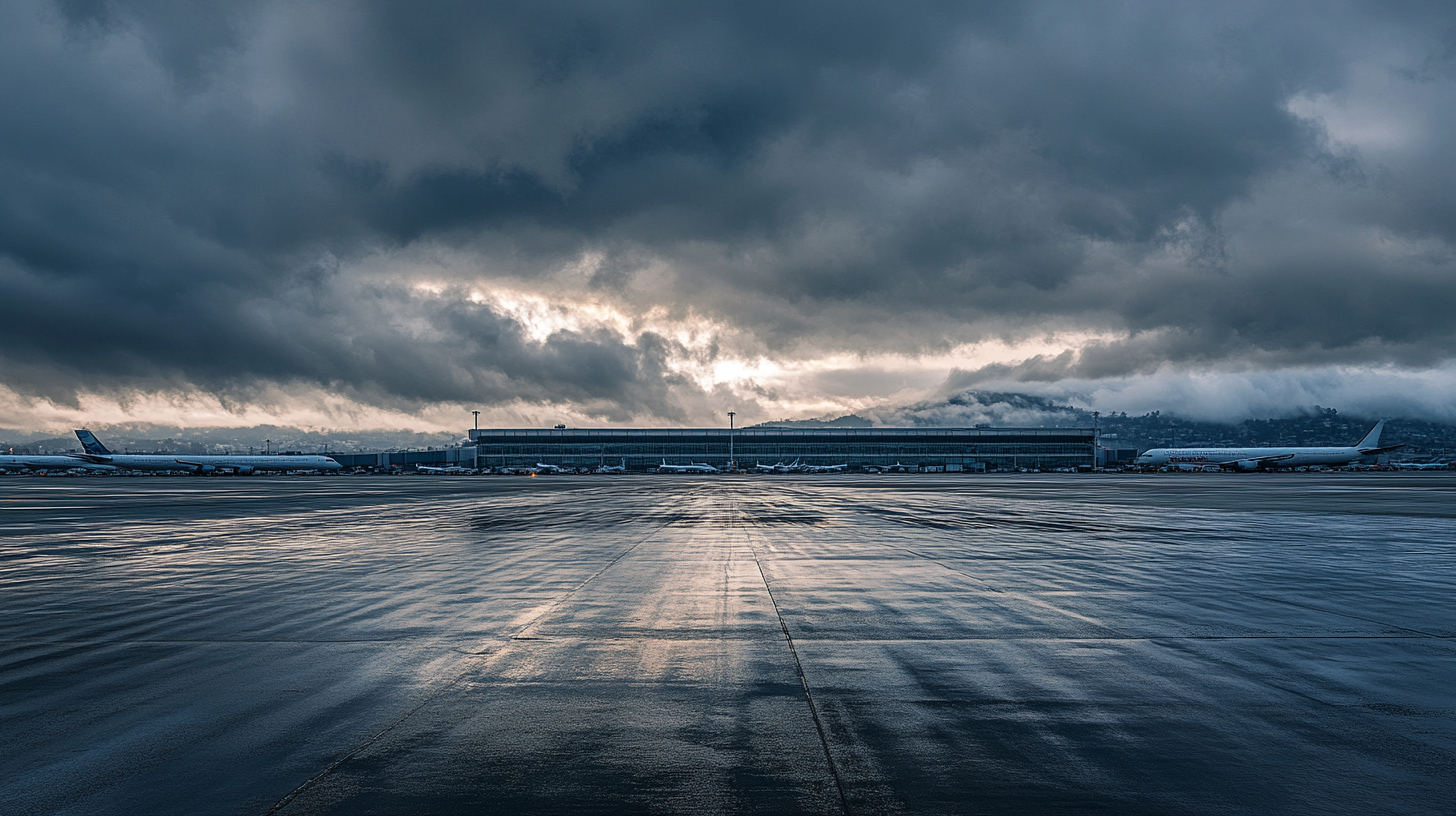
No sooner had Oakland unveiled its new moniker than the City of San Francisco, home to SFO, filed a trademark lawsuit. I followed the court proceedings closely, and the key argument was straightforward: referencing “San Francisco” in Oakland’s official airport name could confuse travelers into believing there was an affiliation or endorsement by SFO. The lawsuit hinged on the claim that “San Francisco International Airport” is a legally protected brand with established global recognition—a recognition that took decades to cultivate. For SFO officials, allowing OAK to borrow this brand equity seemed like a slippery slope, especially if travelers booked flights under the mistaken assumption that they were arriving closer to downtown San Francisco.
Within weeks, a U.S. magistrate judge issued a temporary injunction, effectively freezing Oakland’s ability to use “San Francisco Bay Oakland International Airport” in any official capacity pending further review. During one hearing, the legal teams debated whether geographic designations are automatically public domain or if they can be trademarked under certain circumstances. According to public records from the U.S. Patent and Trademark Office, conflicts over airport names are rare but not unprecedented. Still, I can’t recall a case this high-profile. Oakland’s legal representatives maintain that “San Francisco Bay” is a universally recognized geographic descriptor, not a brand. But as the dispute drags on, it’s clear that both sides are prepared to defend their positions vigorously.
If you ask me, the biggest heartbreak for airport officials is the potential loss of momentum from all the hype around the rebrand. I’ve seen marketing materials—everything from revised signage to promotional campaigns—shelved as soon as the judge’s injunction took effect. The public, meanwhile, is left with more questions than answers, especially families or business travelers new to the Bay Area who might be unsure which airport is best to fly into. Even though OAK continues to operate under its longstanding name, the swirl of legal drama has made some folks wary. That said, if the airport can present credible evidence that the name aims to clarify location, rather than mislead travelers, there might still be some room for negotiation.
Community Voice

From what I’ve gathered, local opinions span a wide spectrum—ranging from enthusiastic support of the name change to staunch opposition. During a recent community meeting streamed online, residents expressed concern that adding “San Francisco Bay” sends a signal that Oakland isn’t confident in its own identity. One business owner, who runs a cultural arts center near Jack London Square, mentioned that Oakland’s authenticity is a major draw for out-of-towners seeking an alternative to San Francisco’s more commercialized tourism scene.
Others see this rebrand as a golden ticket to greater visibility on the international stage. In casual conversations with some frequent flyers I’ve met, they argued that attaching “San Francisco Bay” could help overseas travelers pinpoint Oakland’s location without having to consult a map. After all, many global visitors associate “San Francisco” with Northern California, and might not initially recognize Oakland as a separate city just across the bridge. By bridging this knowledge gap, supporters believe local entrepreneurs and small-business owners stand to gain from increased foot traffic, especially if new airlines decide to operate direct flights to OAK.
What’s clear is that nearly everyone agrees the conflict has overshadowed the intended benefits. Instead of celebrating OAK’s proximity to cultural hotspots like Oakland’s Chinatown or the Redwood Regional Park, the conversation centers on trademark battles and community pushback. I’ve found that even among my travel-savvy peers, opinions are divided: some embrace the idea of unifying the region under a broader umbrella, while others see it as losing an essential piece of Oakland’s soul. The question is whether the controversy will fade away or keep intensifying, leaving the airport—and travelers—in a holding pattern.
The Bottom Line for Frequent Flyers
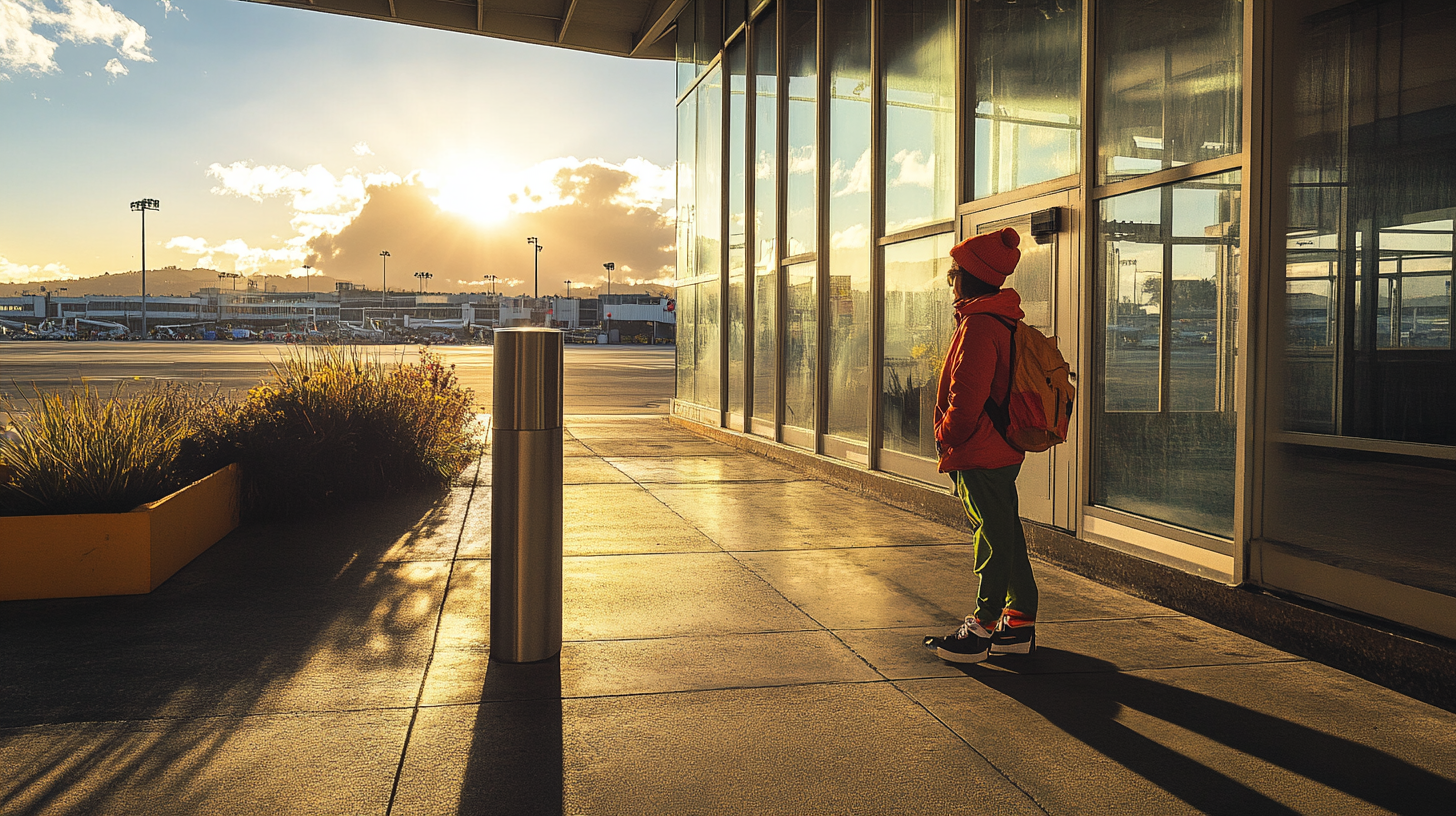
Despite all the court orders and branding drama, flights at OAK are running exactly as they always have. I’ve personally flown through the airport multiple times since this saga began, and I can confirm that the day-to-day traveler experience isn’t drastically affected. The signage and staff still refer to it as Oakland International Airport, and for the most part, you’d only know about the name change fiasco if you’ve been following local news. So, if you’ve got upcoming travel plans, there’s no need to worry about your flight being redirected or your baggage tags reading something unexpected.
I do think it’s worth keeping an eye on how this tug-of-war might impact future route expansions. If Oakland can’t solidify a more universally recognized identity, potential new airline partnerships might hesitate, choosing instead to flock to SFO or even San Jose. For frequent flyers, that could mean fewer non-stop flights or a narrower range of carriers in and out of OAK. A lot hangs in the balance here, which makes it all the more interesting to watch. According to the Bay Area Air Travel Consortium‘s 2025 data, the region’s airports collectively handle nearly 80 million passengers a year, and growing. Whether the name reverts permanently or gets reapproved, there’s no doubt OAK wants to carve out a more noticeable slice of that pie—and travelers stand to benefit if that means added routes and potentially lower fares due to competing airlines.
At the end of the day, the legal wrangling underscores just how competitive branding can become between neighboring airports. If there’s anything I’ve learned from reporting on airline expansions, it’s that an airport’s name, location, and reputation can significantly shape passenger flow. So, if you’re a globe-trotter or a busy business traveler, keep your eyes peeled for updates on OAK’s official identity. In the meantime, weather incidents—like that Gulf hurricane last season—remain the bigger disruptors to your itinerary. After all, marketing can only do so much when Mother Nature decides to throw a curveball.
Final Thoughts
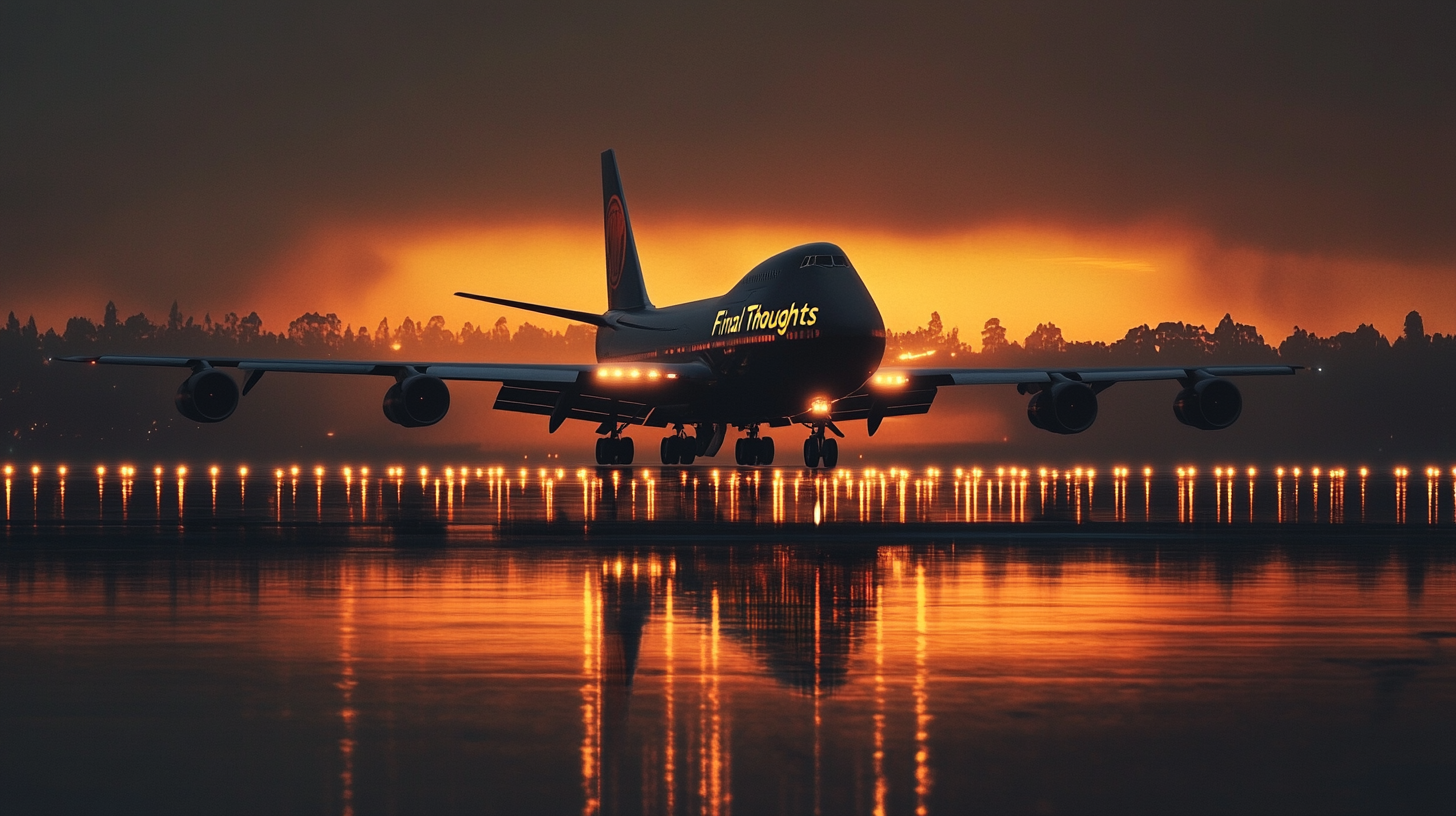
This entire saga serves as a real-world reminder that airport branding isn’t just about catchy slogans or snazzy logos—it’s about striking a balance between global recognition and local pride. Many travelers in 2025 want authenticity in their journeys; they want to feel the soul of the city from the moment they step off the plane. If a name change helps highlight a city’s undervalued charms, it can be a boon. But if handled poorly, it risks diluting the genuine character that puts a place on the map in the first place.
I’ve watched organizations in other industries wrestle with similar naming dilemmas, but rarely is the conversation so tied to civic identity. Oakland’s attempt to ride the coattails of the “San Francisco Bay” brand could very well succeed in the long run—if the legal hurdles are cleared and the local community sees tangible benefits. On the flip side, the City of San Francisco’s legal stance reminds us that even geographical references can become powerful intellectual property. Ultimately, whether OAK emerges as “San Francisco Bay Oakland International” or remains “Oakland International Airport,” the region’s appeal for travelers isn’t in question. It’s how that appeal is communicated—and protected—that shapes an airport’s future.
Barry B.’s Take
If I were to offer one piece of advice, it’d be to keep things simple when it comes to airport naming. Yet, simple rarely wins in the marketing playbook. I get why OAK wants to align with San Francisco’s globally recognized brand—after all, star power can open doors. But from my vantage point, authenticity should never be sacrificed on the altar of quick wins. Sometimes, travelers are drawn to the cities with a bit of grit and personality, places that stand apart from more polished neighbors.
So, while I see potential in calling attention to the airport’s prime location in the Bay Area, I also believe there’s a certain magic in letting Oakland shine on its own merits. I love discovering lesser-known neighborhoods, local restaurants, and hidden gems that tourists might otherwise skip if they assume “San Francisco is all there is to see.” The key might be finding a middle ground that resonates with global flyers but still honors the flair and flavor of Oakland itself.
For more lively travel insights and to stay ahead of the hustle in the skies, follow us back to milesBUZZ.

